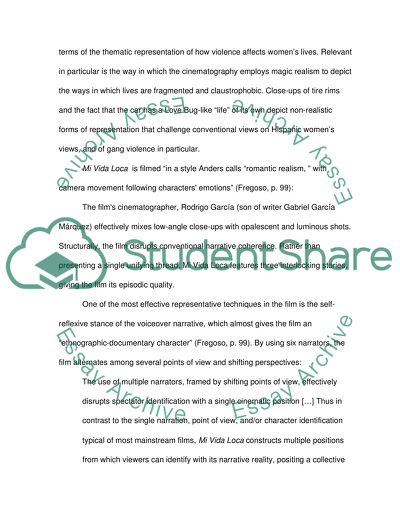Cite this document
(“Chicano film American Me, Mi vida Loca Movie Review”, n.d.)
Chicano film American Me, Mi vida Loca Movie Review. Retrieved from https://studentshare.org/sociology/1534788-chicano-film-american-me-mi-vida-loca
Chicano film American Me, Mi vida Loca Movie Review. Retrieved from https://studentshare.org/sociology/1534788-chicano-film-american-me-mi-vida-loca
(Chicano Film American Me, Mi Vida Loca Movie Review)
Chicano Film American Me, Mi Vida Loca Movie Review. https://studentshare.org/sociology/1534788-chicano-film-american-me-mi-vida-loca.
Chicano Film American Me, Mi Vida Loca Movie Review. https://studentshare.org/sociology/1534788-chicano-film-american-me-mi-vida-loca.
“Chicano Film American Me, Mi Vida Loca Movie Review”, n.d. https://studentshare.org/sociology/1534788-chicano-film-american-me-mi-vida-loca.


